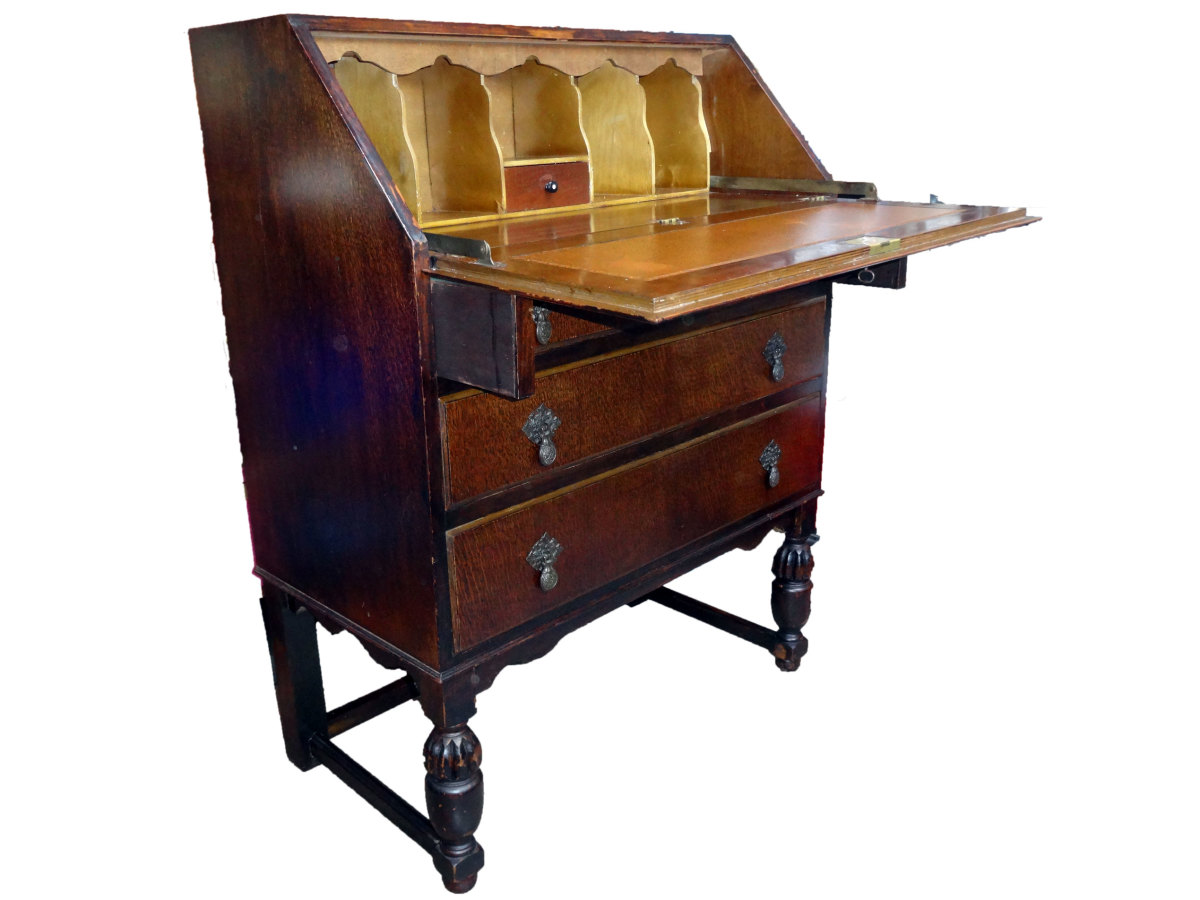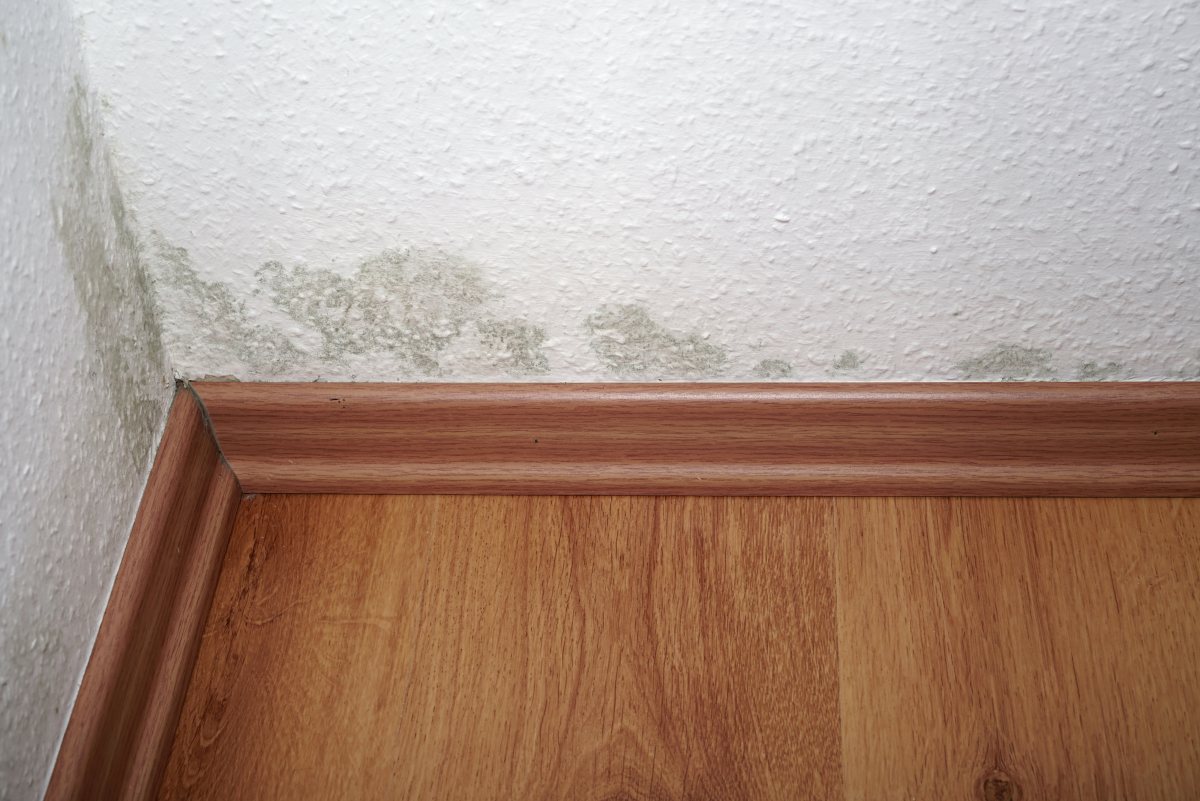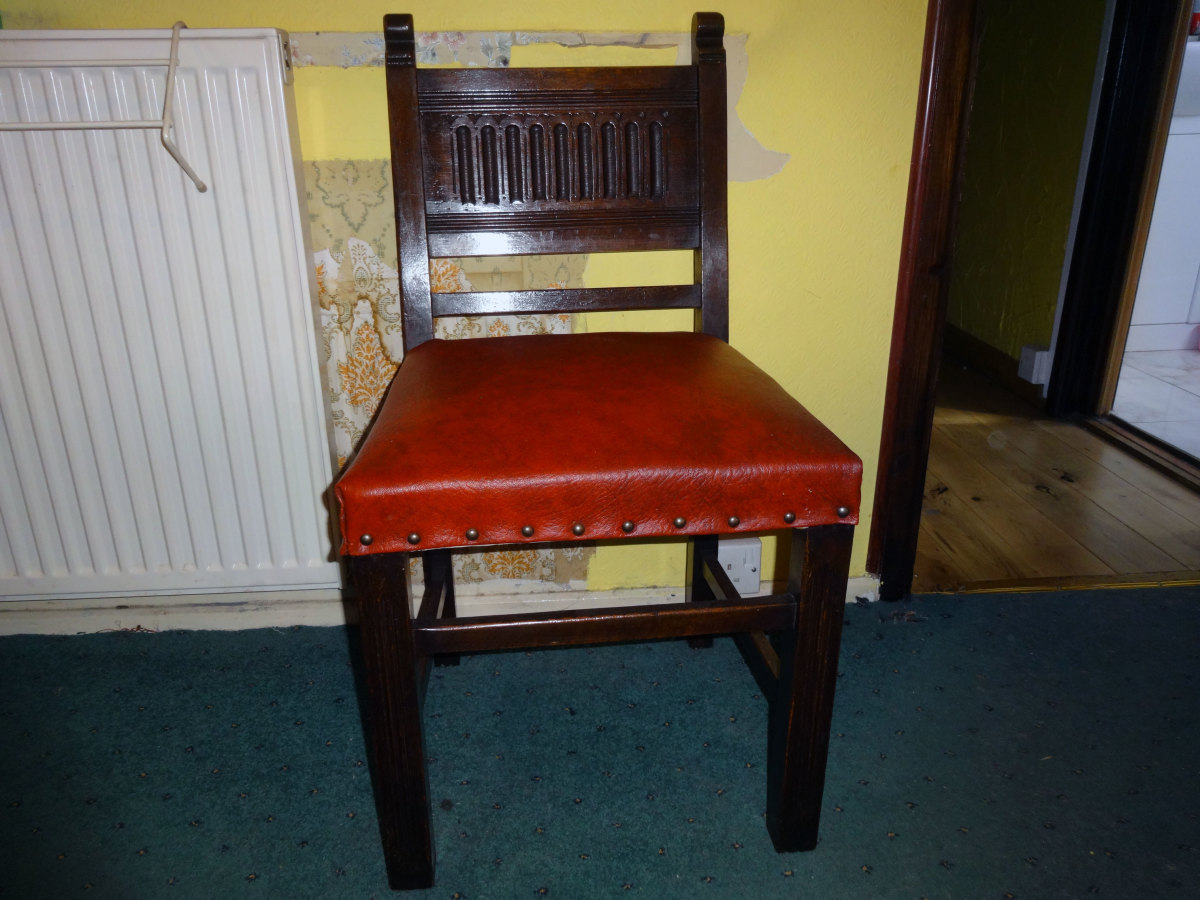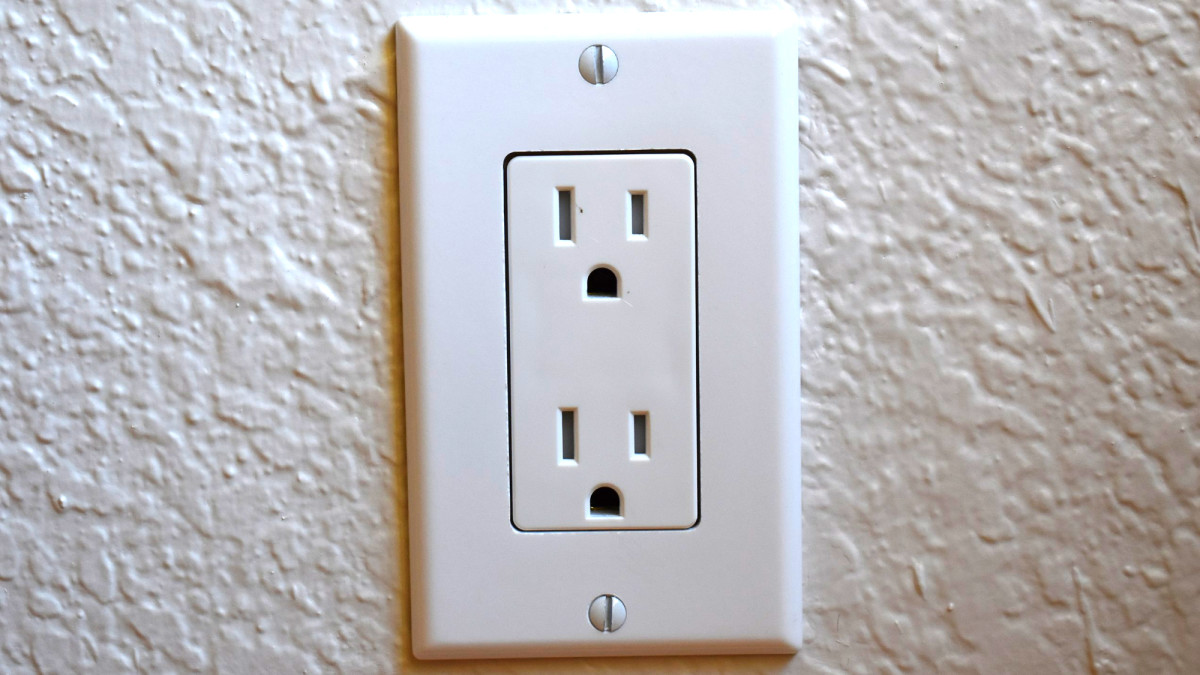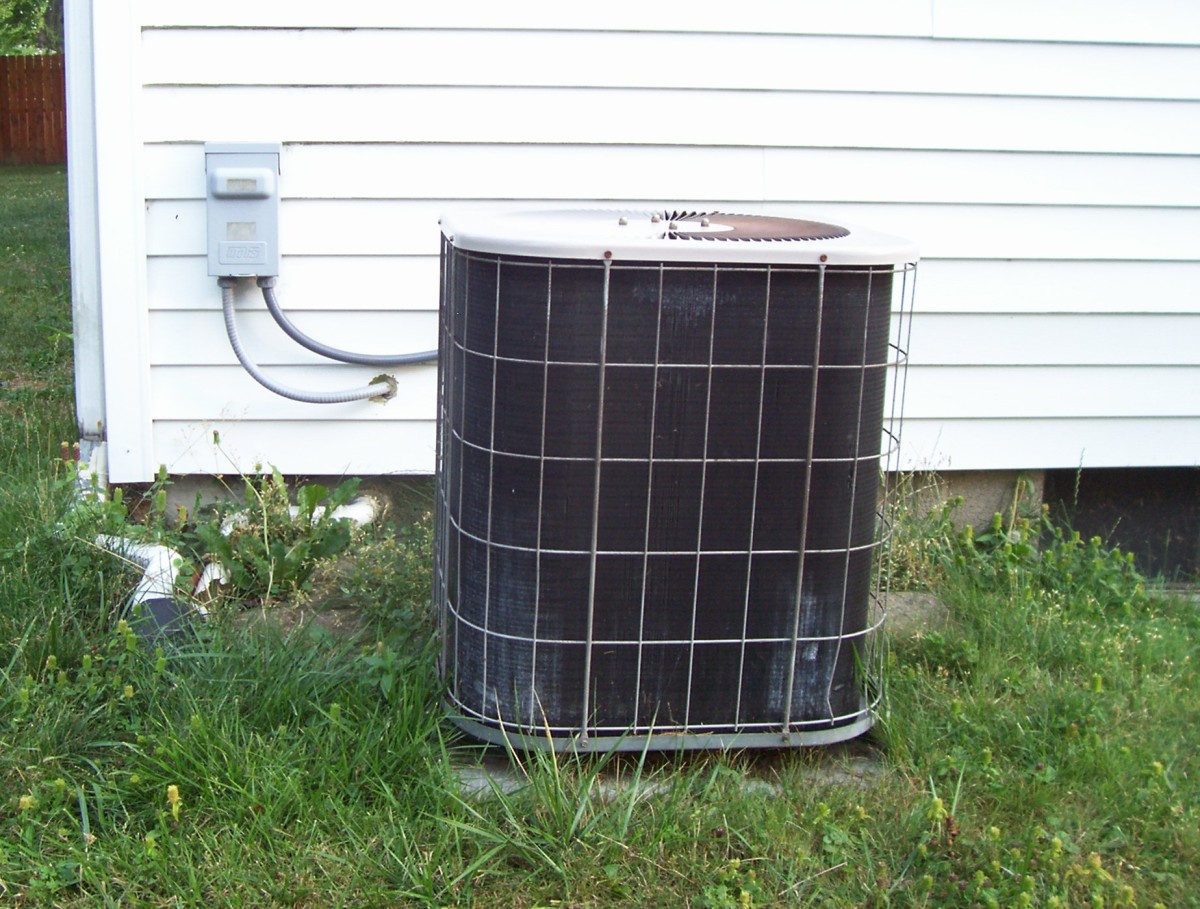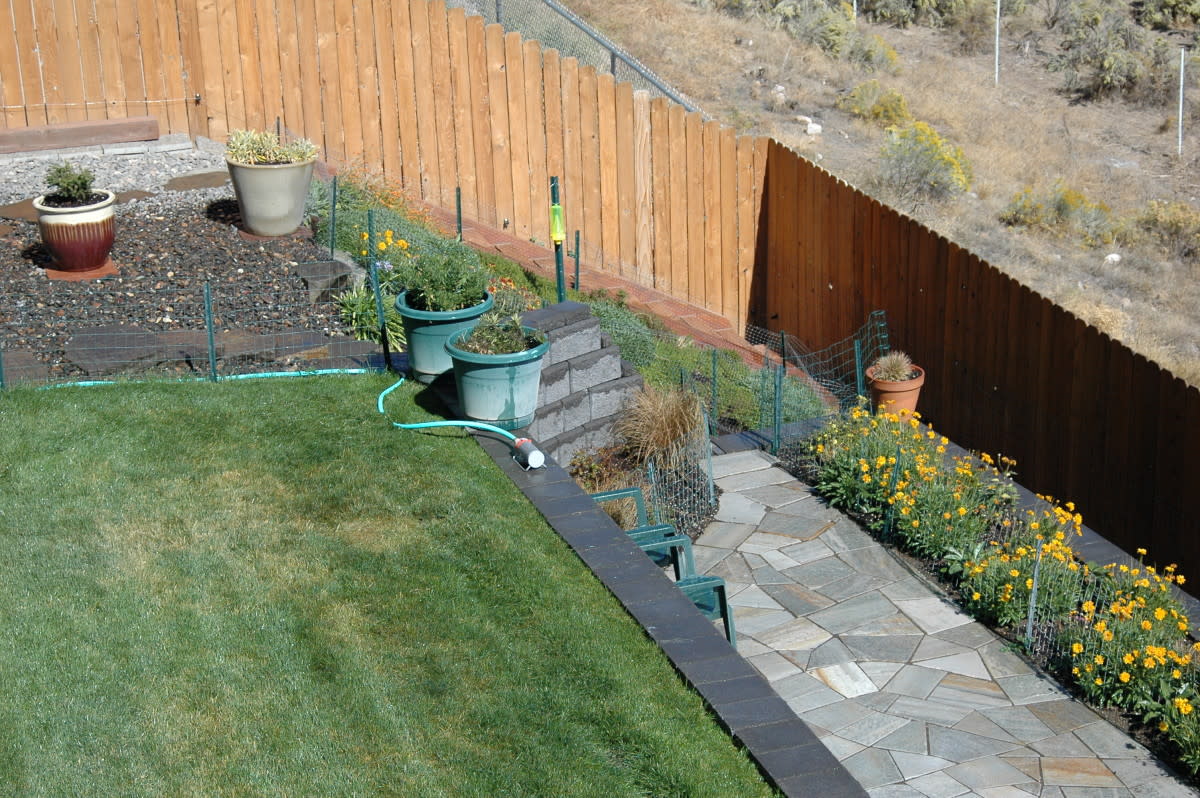How to Keep Your Home Safe During Renovations

Renovating your home can be super exciting, but it’s also a time when safety should be at the top of your mind. Whether you’re getting a little makeover done in your kitchen, adding an extra room for your growing family, or just giving your living room a fresh coat of paint, the process can get messy and dangerous if you don’t take the right steps. Trust me, you don’t want your dream home project turning into a disaster!
So let’s dive into how you can keep your home safe during renovations and make sure you and your loved ones stay out of harm's way. Whether you’re a DIY warrior or working with a professional, these tips will help you keep everything—and everyone—safe and sound.
1. Clear the Area: Protect Your Stuff
Here’s the thing: Renovations can get messy. We’re talking dust flying everywhere, paint splattering in unexpected places, and the occasional stray tool (or foot) knocking something over. So, before any work starts, take a little time to clear the area. Move your valuables—your electronics, precious artwork, and family heirlooms—into another room.
If you can’t move everything, no worries! You can still protect your furniture and belongings. Use sheets, old blankets, or plastic tarps to cover them up. This way, you won’t have to worry about anything getting scratched, stained, or broken during the process.
The only thing worse than a renovation mess? A mess with broken things you love.

2. Set Up a Safety Zone: Keep Kids and Pets Out
Renovating a room is like setting up a mini construction zone. And construction zones aren’t the best places for kids or pets to be hanging around, right? Make sure you establish a “no-go” zone around the work area. Whether you’re working on your own or have hired a crew, you want to keep the family away from heavy machinery, power tools, and the occasional flying nail.
A simple way to do this is by using safety gates, temporary walls, or even just putting up some clear signage that says, “Stay out!” The idea is to keep the work area isolated from the rest of the house.
Inhaling fumes? Definitely not the vibe we’re going for!

3. Ventilate, Ventilate, Ventilate
Renovating your home isn’t just about moving stuff around or adding fresh paint. It’s also about dealing with chemicals, adhesives, and fumes from materials like paint or cleaning agents. If you’re working in an enclosed space with limited airflow, you could end up inhaling toxic fumes, and nobody wants that.
Here’s what you can do:
-
Open windows.
-
Use fans to circulate air.
-
If you’re working with particularly stinky chemicals, make sure to wear a mask.
You might not think much about ventilation when starting a renovation, but trust me—having good airflow is key to keeping everyone safe and healthy.

4. Gear Up: Safety First, Always
Whether you’re hanging drywall, sanding floors, or just replacing a faucet, safety gear is your best friend during any renovation project. It doesn’t matter if you’re the most experienced DIYer or a complete beginner—wearing the right protective gear can save you from accidents and injuries.
Here’s the gear you should be wearing:
-
Gloves: Protect your hands from sharp tools or rough surfaces.
-
Goggles: Shield your eyes from dust or flying debris (especially when sanding or cutting).
-
Dust Masks: Keep harmful particles out of your lungs, especially when working with insulation or old materials.
-
Ear Protection: If you’re using power tools, consider wearing earplugs to protect your hearing.
Don’t skip this part! Your future self will thank you.

5. Keep Your Space Organized: No More Tripping Over Tools
I know, you’re busy, and there’s a lot going on. But trust me, a cluttered space during a renovation is a recipe for disaster. Loose tools, power cords, and materials lying around are all potential trip hazards, and one misplaced step could cause a nasty fall.
Here’s what you can do:
-
Keep your tools in a designated spot—whether it’s a toolbox or a nearby table.
-
Coil up any cords and tuck them away from walkways.
-
Clean up any debris at the end of the day (yes, that includes screws and nails!).
By staying organized, you’re making the whole project safer and more efficient.

6. Be Aware of Hidden Dangers: Asbestos and Lead Paint
If you’re working on a home built before the 1980s, you might run into some dangerous materials—like lead-based paint or asbestos. These things might seem like relics of the past, but they’re still lurking in many older homes.
So, how can you tell if you’ve got them?
-
Lead Paint: You might spot peeling or chipped paint around windows and doors. If you do, it’s better to call in a pro.
-
Asbestos: This nasty stuff is usually found in insulation, roofing, and flooring. Don’t disturb it—get an expert to handle it.
Better safe than sorry, right? Don’t take chances with these materials.
7. Hire a Pro When Needed
Not all renovation tasks are created equal. While painting a wall or installing new shelves might be a piece of cake, some jobs require a professional touch. If you’re dealing with electrical wiring, plumbing, or major structural changes, it’s best to leave it to the experts.
Hiring a pro doesn’t just ensure the job gets done right; it also keeps you safe. Electricians, plumbers, and other tradespeople have the training to work safely and handle any hidden issues that pop up along the way.
If in doubt, call in the pros. It’s not worth risking your safety or your home.
8. Be Ready for the Unexpected
Renovations almost always come with surprises—whether it’s a leak you didn’t know about or finding out that the walls aren’t as sturdy as they seemed. It’s all part of the process, but it’s important to be prepared.
Here’s how:
-
Set aside a little extra cash for unexpected repairs.
-
Build some flexibility into your renovation timeline so you’re not caught off guard.
-
Always have emergency contacts on hand (you never know when you might need them!).
9. Dispose of Waste Responsibly
Renovations generate a lot of waste, and you’ll need to dispose of it properly. From broken tiles to old furniture, there’s bound to be a pile of things that need to go. But be careful about how you dispose of it. Certain materials, like paint or chemicals, need to be thrown away in a specific way to avoid environmental harm.
Here’s what you can do:
-
Rent a dumpster if you’re dealing with large amounts of waste.
-
Check with your local disposal center to make sure you’re following the rules for hazardous materials.
-
Recycle where possible—wood, metal, and glass can often be reused.
10. Communicate with Your Contractors
If you’ve got a crew working on your renovation, communication is key. Make sure you’re regularly checking in with them, discussing progress, and addressing any safety concerns right away. Keeping the lines of communication open helps ensure that everyone stays on the same page and that safety remains a priority.
Renovating your home is an exciting journey, but it doesn’t have to come with unnecessary risks. By following these simple steps, you can keep your home safe while transforming it into your dream space. Whether you’re handling the work yourself or bringing in professionals, always make safety your number one priority.
Now go ahead—start that project and make your space amazing! Just don’t forget to keep everyone safe along the way.

